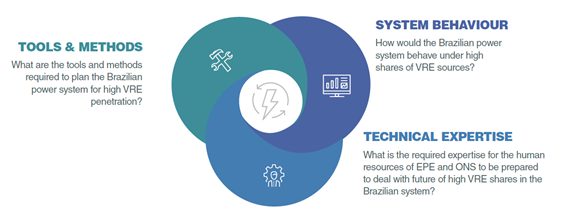The CLSG interconnection line (1,300km 225kV), linking Côte d’Ivoire, Liberia, Sierra Leone and Guinea, is currently being constructed and its commercial operation is expected to gradually start as from early 2021.
While the entire interconnection is not in operation and in case of tripping of one section of the CLSG line, the electrical system of CLSG will be split into two parts. The utilities of Liberia and Sierra Leone will import electricity through the CLSG line and therefore in case of tripping of the CLSG line they will face unbalance between load and generation. In order to avoid a partial or total blackout, in case of tripping of the CLSG line, it is necessary to implement a Defence Plan, which will shed an amount of load, allowing to reach a new equilibrium between generation and demand.
The objective of this study concerns the operations when Liberian power system will only be connected to the CLSG line. The study consists in designing an under-frequency load shedding (UFLS) scheme for the network of Liberia in order to reduce the impact on system operation following generation or interconnection contingencies (islanded and interconnected operation, respectively).
Smart Flow was employed in this study in order to perform the static and dynamic analyses that supported the design of the UFLS scheme. A total of 36 different operating conditions were analysed, considering different import levels from CLSG to Liberia. The following types of simulations have been carried out using the different modules of Smart Flow:
- AC Load Flow;
- Optimal Power Flow (IPSO);
- Short-Circuit Current Calculation (SHOCC);
- Advanced dynamic simulations (Eurostag).
An extensive use of the advanced Application Program Interfaces (APIs) of Smart Flow in this project was key in order to allow the simulation of large quantities of operating conditions and events.





